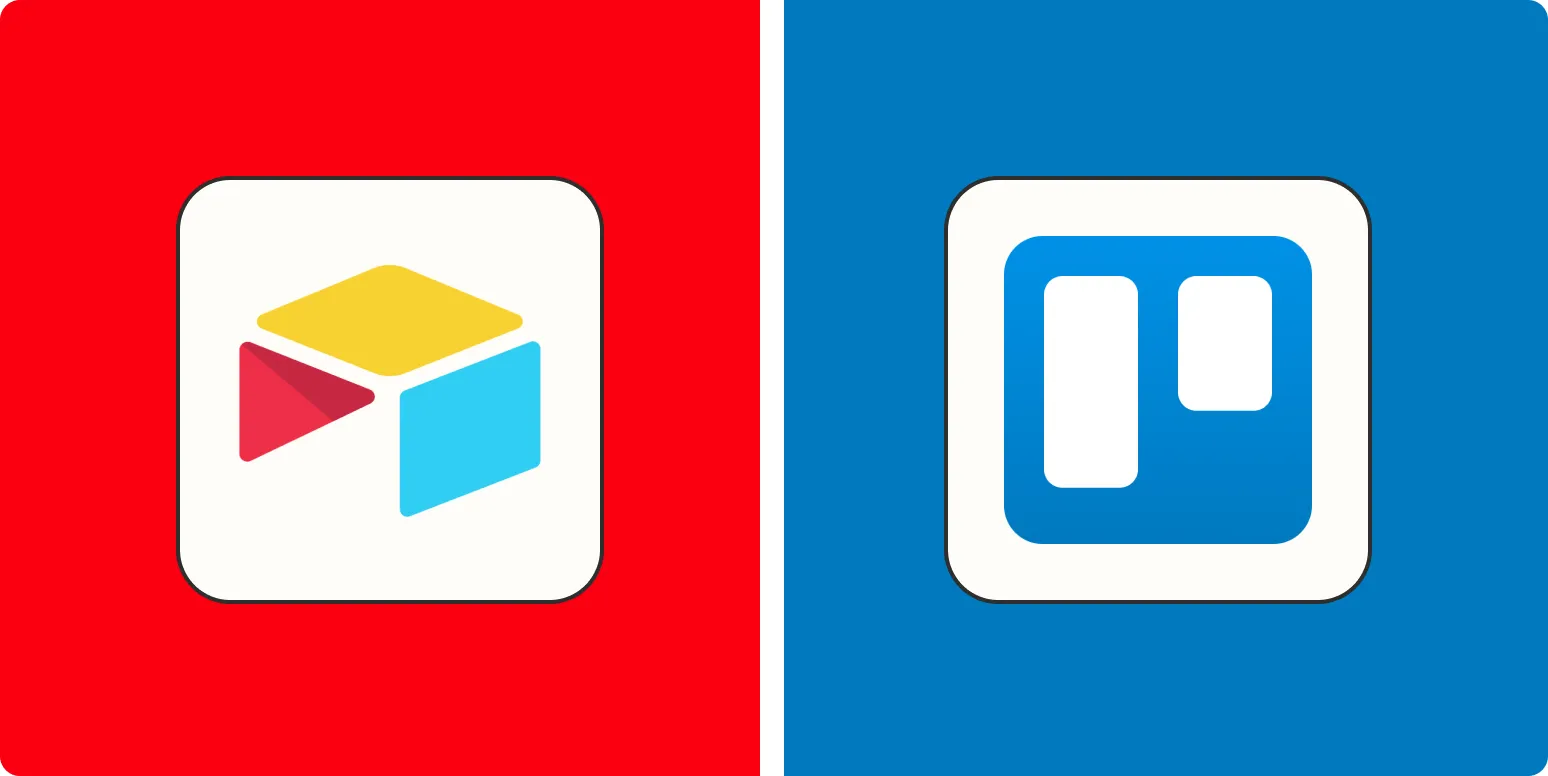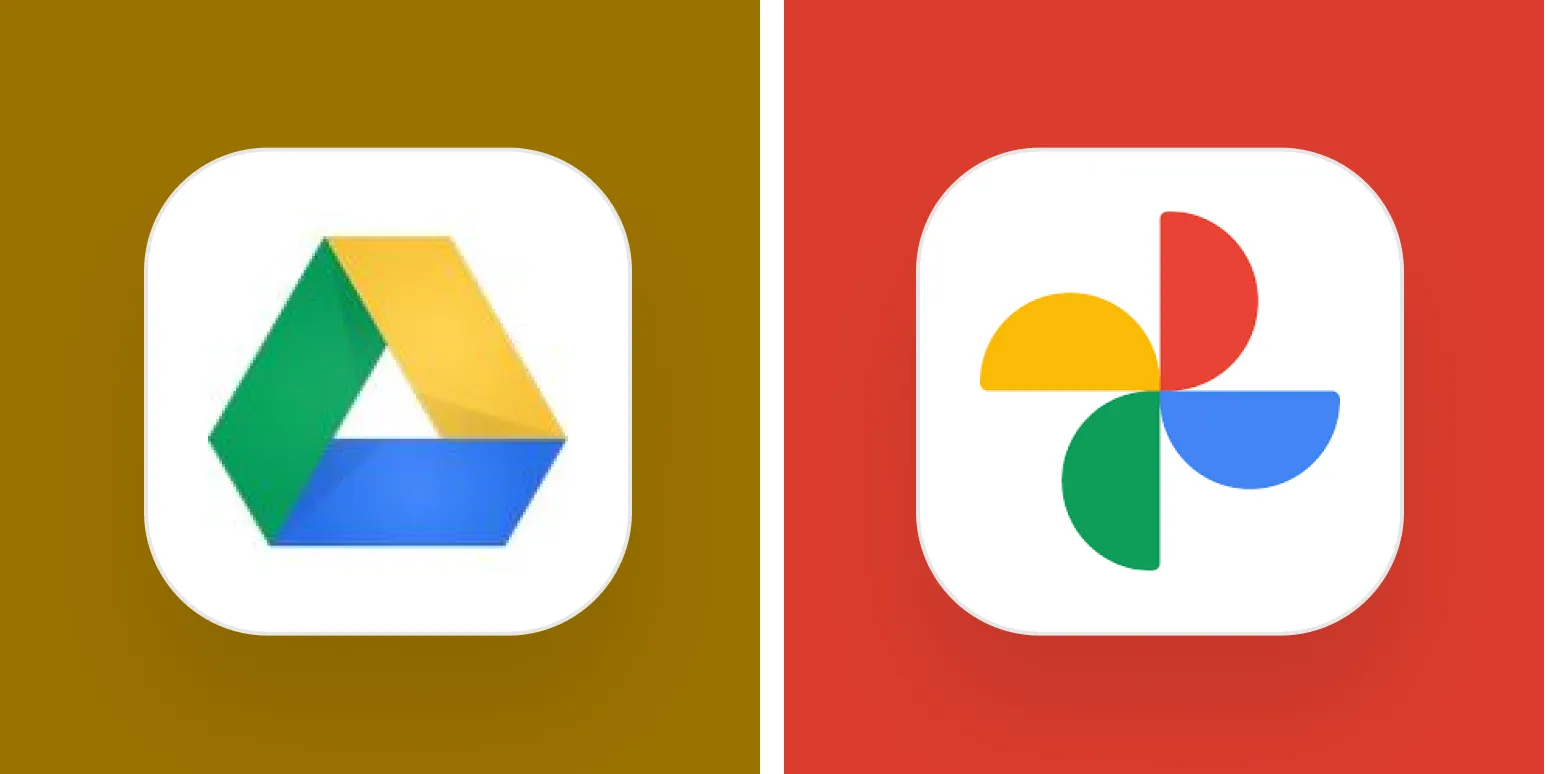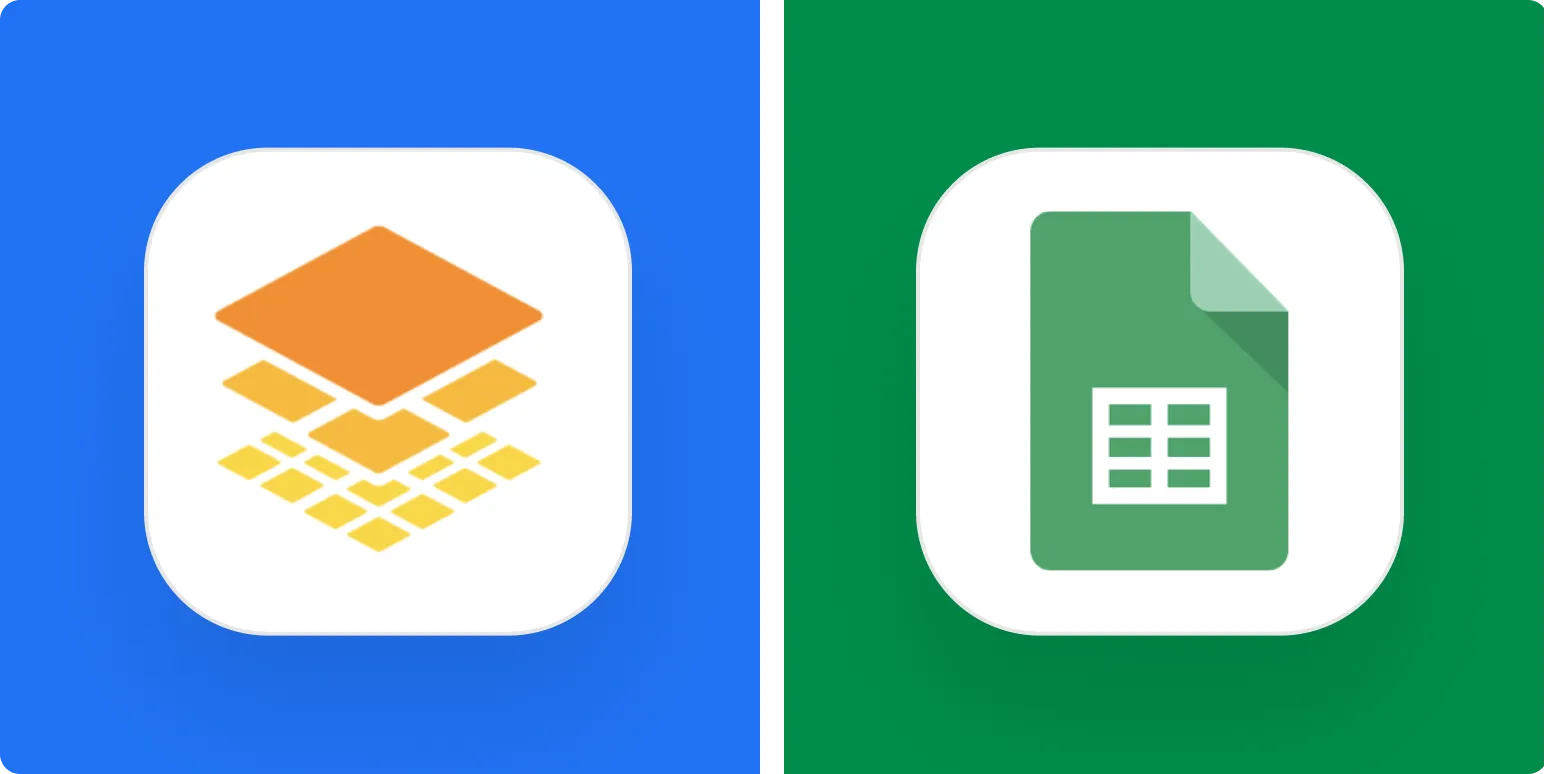Airtable and Trello are two of the most popular project management tools available today, each offering unique features that cater to different needs. As we progress into 2025, understanding the differences between these platforms can help you make an informed decision about which one is best for your workflow. In this article, we will compare Airtable and Trello across various dimensions such as features, usability, pricing, integrations, and more.
Features Comparison
Airtable is known for its flexibility and powerful database capabilities. It allows users to create custom tables with various field types, such as text, numbers, attachments, and checkboxes. This makes it ideal for teams that require a high level of customization and data organization. On the other hand, Trello operates on a card-based system that utilizes boards and lists for project management. This approach is simpler and more visual, making it suitable for teams that prefer a straightforward task management method.
Usability
When it comes to usability, both Airtable and Trello have their strengths. Airtable's interface can be overwhelming for new users due to its extensive features and options. However, once users become familiar with the platform, they appreciate its powerful capabilities. Trello, in contrast, is known for its user-friendly interface and intuitive design. New users can quickly set up boards and start managing tasks without a steep learning curve.
Pricing
Pricing is another crucial factor when choosing between Airtable and Trello. Both platforms offer free tiers, but they come with limitations. Airtable's free plan allows for a limited number of records and features, while Trello's free version has restrictions on integrations and automation. Paid plans for Airtable start at $10 per user per month, offering more advanced features, while Trello's paid plans also begin around $10 per user per month. Depending on the size of your team and your budget, either platform can be a cost-effective solution.
Integrations
Both Airtable and Trello support a variety of integrations, which can enhance their functionality. Airtable integrates seamlessly with numerous applications, including Google Drive, Slack, and Zapier, allowing users to automate workflows and connect with other tools. Trello also offers a wide range of integrations, known as Power-Ups, that enhance its features, such as calendar views, time tracking, and reporting tools. The choice between the two may come down to which specific integrations your team relies on.
Collaboration and Teamwork
Collaboration is a key component of project management tools, and both Airtable and Trello excel in this area. Airtable allows users to comment on records, share views, and collaborate in real-time. Its rich field types also facilitate better communication of project details. Trello's collaboration features are centered around board sharing, comments on cards, and notifications, making it easy for team members to stay updated on project progress. Both platforms provide the tools necessary for effective teamwork, but the choice may depend on your team's preferred collaboration style.
Visual vs. Data Management
Airtable is more data-oriented, providing a database-like environment where users can view their information in grid, calendar, or gallery formats. This is beneficial for teams that need to manage large amounts of data and require detailed tracking. Trello’s visual approach, with its card and board system, is better suited for teams that thrive on visual task management and need a clear overview of their projects at a glance. If your projects are heavily data-driven, Airtable may be the better choice, while Trello is ideal for teams focused on task management.
Customization
One of Airtable's standout features is its high level of customization. Users can tailor their tables with various field types, formulas, and views, making it adaptable to a wide range of use cases, from project management to inventory tracking. Trello offers some customization through its cards and lists, but it is generally less flexible than Airtable. Users who require extensive customization for their projects may find Airtable more appealing.
Conclusion
In conclusion, the choice between Airtable and Trello largely depends on your team's specific needs and workflow preferences. If your team values a highly customizable, data-oriented tool that can handle complex projects, Airtable is likely the better option. However, if you prefer a straightforward, visual approach to task management, Trello may be the ideal fit. Assess your priorities, consider the features that matter most to your team, and choose the platform that aligns best with your project management goals in 2025.
Ultimately, both Airtable and Trello offer robust solutions for project management, and choosing the right one will enhance your team's productivity and collaboration. Make sure to evaluate your requirements and possibly trial both platforms to find the best fit for your workflow.





